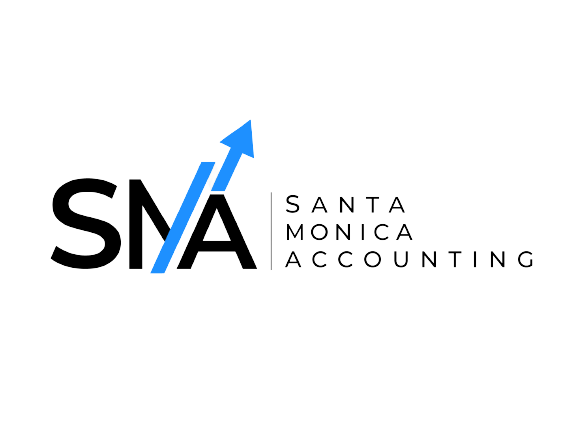
When it comes to building wealth and securing your financial future, investing is a crucial component. However, for many people, the world of investing can seem daunting and complex, leading to hesitation or avoidance altogether.
In this guide we’ll break down the fundamental concepts of investing and provide a clear roadmap for beginners on where to start.
Understanding the Importance of Investing
Investing is essentially putting your money to work with the goal of earning a return on your investment over time. This return can come in various forms, such as capital appreciation, dividends, or interest payments. Unlike saving, which typically involves parking your money in low-risk, low-return accounts, investing offers the potential for higher returns but also carries greater risk. It is important to know what are the keys to consider in investing especially when you are a beginner.
Setting Clear Financial Goals
Before diving into the world of investing, it’s essential to establish clear financial goals. Whether you’re saving for retirement, a down payment on a house, or your children’s education, having specific objectives will help guide your investment strategy. Your goals will influence factors such as your investment horizon, risk tolerance, and asset allocation.
Assessing Your Risk Tolerance
Risk tolerance refers to your willingness and ability to endure fluctuations in the value of your investments. Generally, investments with higher potential returns also come with higher levels of risk. Understanding your risk tolerance is crucial for constructing a well-balanced investment portfolio that aligns with your comfort level. Factors such as age, financial situation, investment goals, and personal temperament all play a role in determining your risk tolerance.
Diversification: Don’t Put All Your Eggs in One Basket
One of the most fundamental principles of investing is diversification. Diversifying your investment portfolio means spreading your money across different asset classes, such as stocks, bonds, real estate, and commodities, as well as within each asset class. By diversifying, you can reduce the overall risk of your portfolio and potentially improve your risk-adjusted returns.
Starting Small and Gradually Building Your Portfolio
For beginners, it’s often wise to start small and gradually build your investment portfolio over time. You don’t need a large sum of money to begin investing. Many brokerage firms offer low-cost or even commission-free trading, making it easier than ever for individuals to get started with investing. Consider starting with a low-cost index fund or exchange-traded fund (ETF), which provides instant diversification and requires minimal maintenance.
Educating Yourself and Seeking Professional Advice
Finally, education is key to becoming a successful investor. Take the time to learn about different investment vehicles, financial markets, and investment strategies. There are countless resources available, including books, online courses, and financial news websites. Additionally, don’t hesitate to seek advice from financial professionals, such as certified financial planners or investment advisors, especially as your financial situation becomes more complex.
For more additional information you can contact Santa Monica Accounting for free consultation services to give you a hand in terms of handling finances and other services to offers.
Conclusion
By following these fundamental steps and staying disciplined in your approach, you can embark on your investing journey with confidence and work towards achieving your long-term financial goals. Remember that investing is a marathon, not a sprint, so patience and perseverance are essential virtues on the road to financial success.

Thank you for reading with SMA!
Seeking help with your bookkeeping and accounting?
We’re right here for you!
